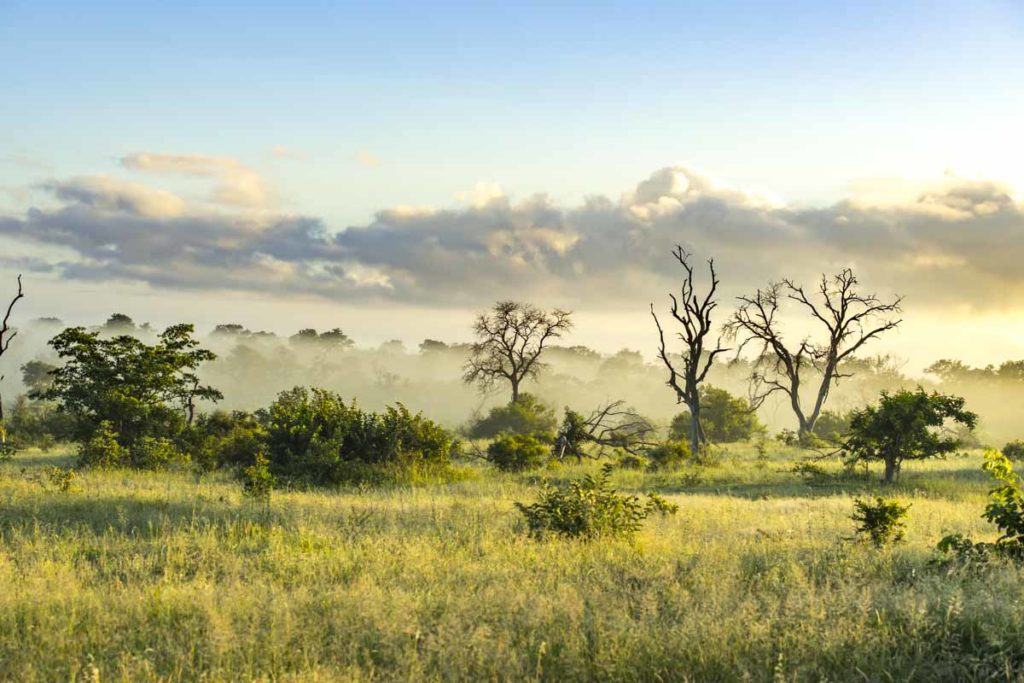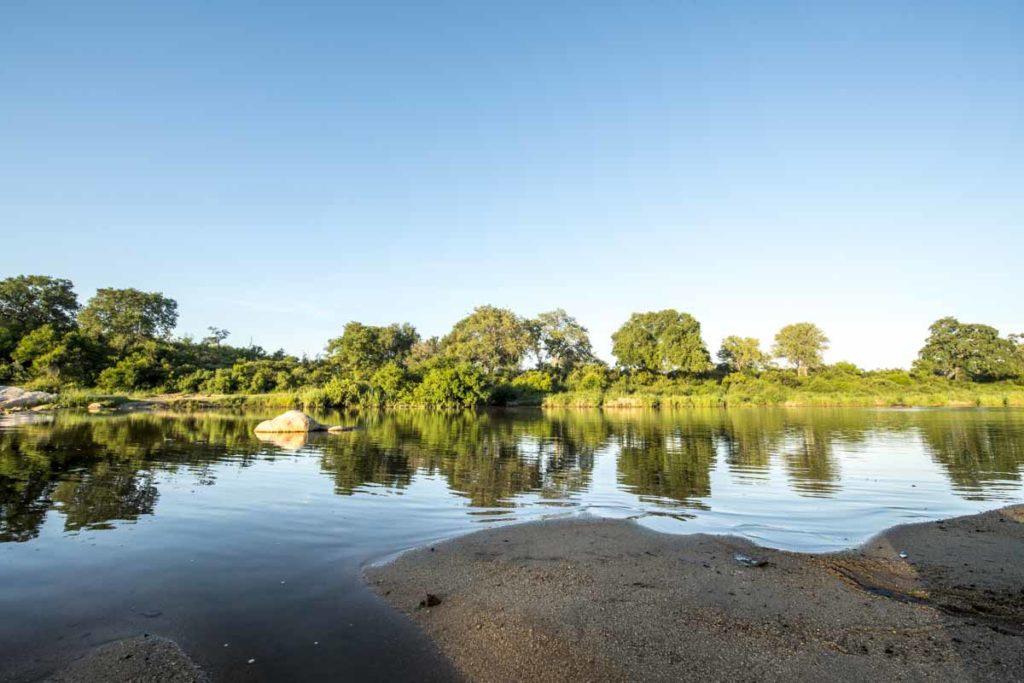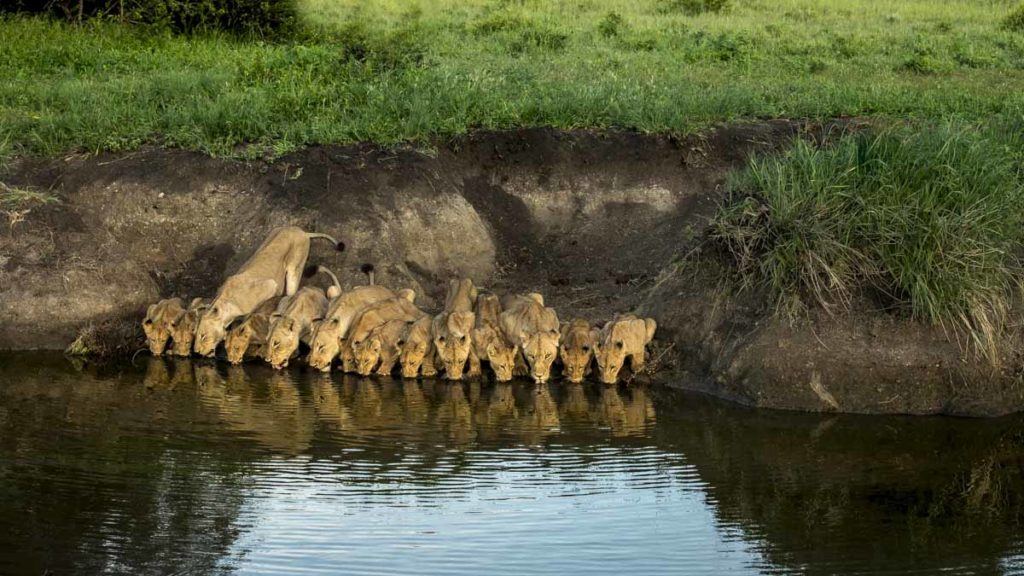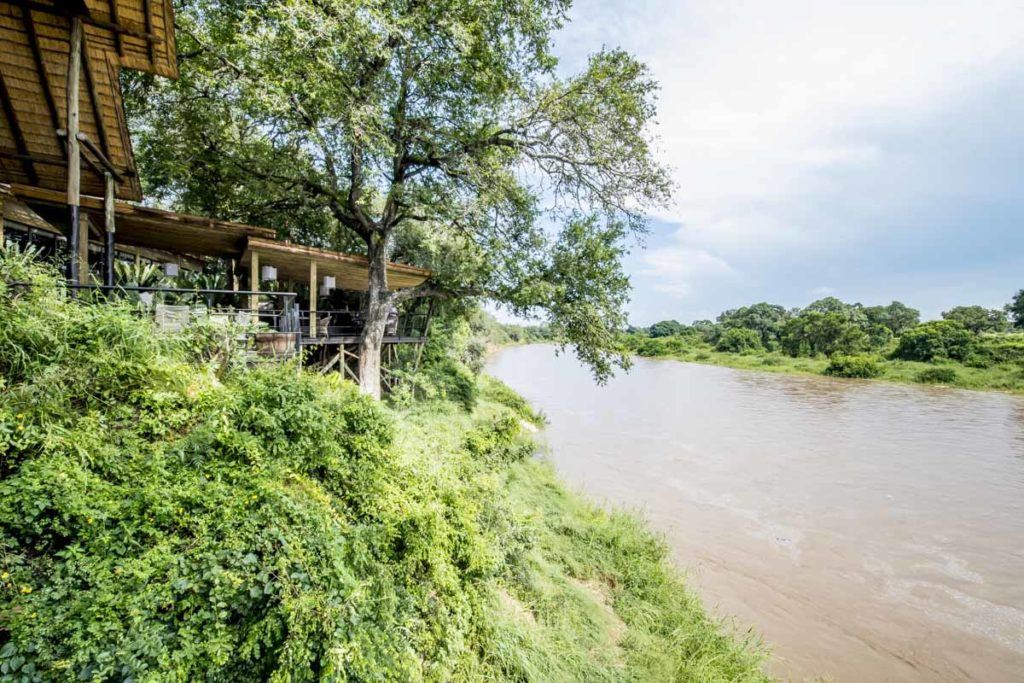The Return of the Rains
Maintaining the integrity of each Singita reserve and the ecosystems that exist within it is one of the main priorities for our hands-on conservation teams. It's a challenging task, that includes managing issues like human-wildlife conflict, alien plant control and habitat restoration, but is also often influenced by uncontrollable external factors, such as drought.

Towards the middle of last year, we looked at the biological importance of this natural phenomenon, focusing on how a lack of water, while potentially damaging for agriculture and certain elements of the ecosystem, also has many benefits as part of the earth's natural cycle. As the rains fall once again in the northeastern part of South Africa, home to Singita Sabi Sand and Singita Kruger National Park, the cycle loops around once again, and we get to witness the results.

Dave Wright, Environmental Manager at Singita Sabi Sand, comments that the drought led to a loss of substantial numbers of buffalo and hippo. Interestingly, this is a result of a lack of food, and not a lack of water as is often thought - low rains result in low grass growth and poor nutrition. The decrease in numbers of these mega-herbivores suggests that their populations had exceeded the carrying capacity of the reserve – prior to the drought, buffalo and hippo numbers in the greater Kruger ecosystem were at an all-time high. This entirely natural form of culling helps to ensure the survival of the stronger genes into the next generation of the population.

The recent return of normal rainfall caused a remarkable recovery of the veld; an explosion of new growth which has been spectacular to see. Although the initial rains also cause some erosion due to excessive runoff, the damage is minimal and more than offset by the dramatic effect on flora and fauna. Dave reports that the decrease in buffalo and hippo populations may also benefit other large grazers such as zebra and wildebeest through the reduction in bulk grazer biomass – i.e. competition for food! This benefit is further enabled by a structural change in the herbaceous layer of vegetation (the juicy grasses on which large herbivores feed) as grasses favoured by these smaller species seize an opportunity to flourish.

Seeing the lush landscapes of these reserves over the past few weeks is a wonderful reminder of the importance of natural balance, and a living tribute to the success of Singita's efforts to restore, improve and protect the biodiversity of the ecosystems under our care. Two decades of dedicated conservation work in the Kruger and Sabi Sand regions has resulted in Singita making great strides to ensure these habitats are functioning as close as possible to their natural, undisturbed state.
 Singita Ebony Lodge
Singita Ebony Lodge
Managing the biodiversity of Singita's five reserves across South Africa, Zimbabwe and Tanzania is a key part of our mission as a conservation brand, as naturally functioning ecosystems create an ecological infrastructure that, in turn, has a direct impact on the economic and social wellbeing of a region. This complementary relationship between biodiversity, sustainability and community drives Singita's daily operations as well as our 100-year vision. Learn more about this enduring and far-reaching commitment to preserve and protect large areas of African wilderness for future generations by watching this short film narrated by some of our passionate staff members.